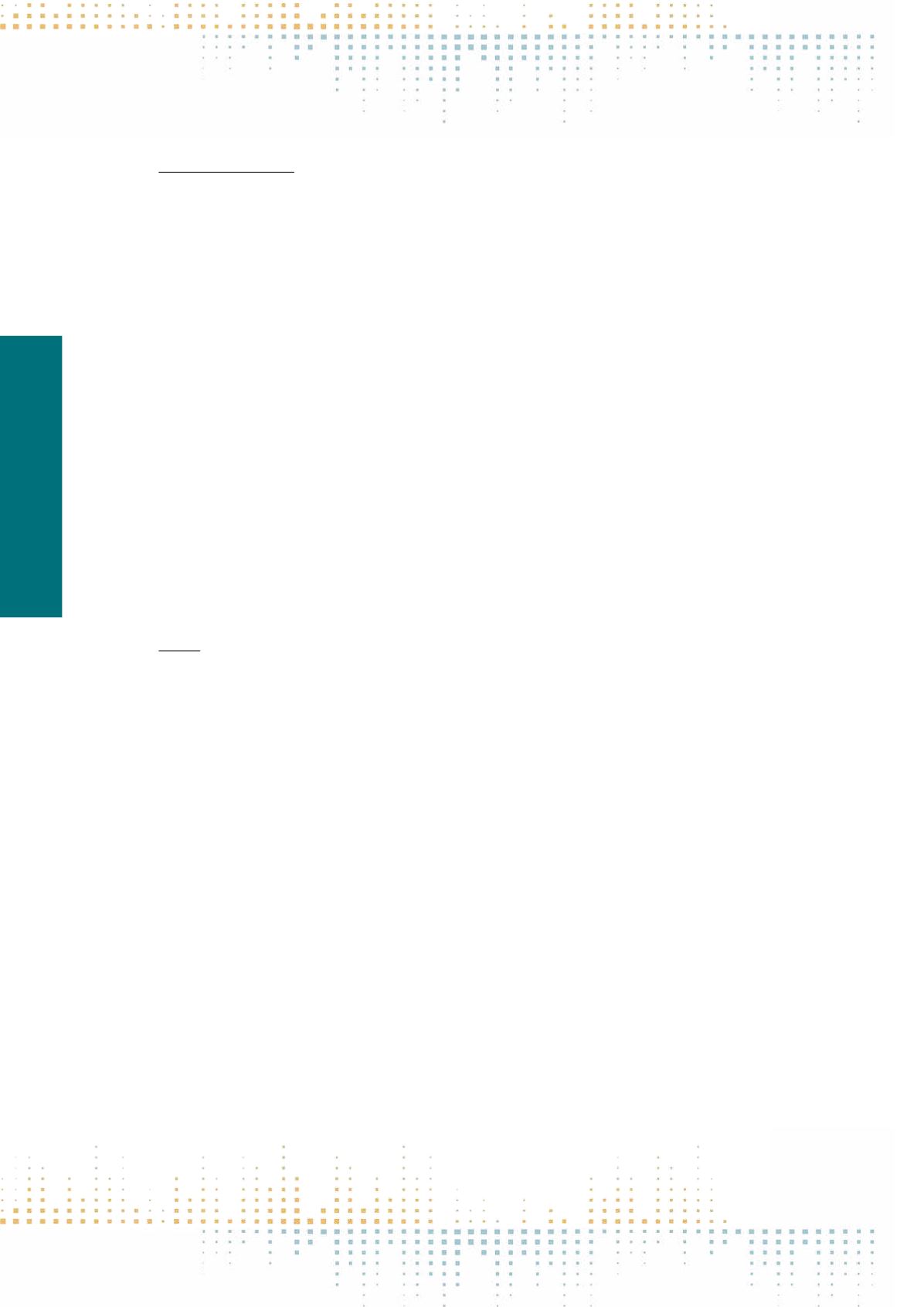

368
Thursday, November 10
1 4 : 3 0 – 1 6 : 0 0
PP 152
Every Tweet Has Its Story: Deconstructing Political Journalists on Twitter and the Underlying Forces That Shape Their Engagement
S. Ottovordemgentschenfelde
1
1
London School of Economics and Political Science, Media and Communications, London, United Kingdom
Since Twitter became one of the key social media platforms in the news industry, journalists have been under pressure by news organisations, peers, com‑
petitors and even the public to use it to break news, disseminate content, source stories and engage their audiences with an unprecedented immediacy.
While none of these are genuinely novel elements in the news cycle, Twitter as a medium now enables professional journalists to pursue these activi‑
ties in a broader variety of ways and under profoundly different conditions than ever before. While a growing body of research has addressed typologies
of journalists’tweeting practices, we know little about the links between their underlying strategies of engagement and actual behaviour on Twitter. This
paper conceptualises these links within an adapted model that joins Shoemaker and Reese’s (1996; 2014) hierarchy of influences on media content with
the uses and gratifications framework (e.g. Katz, Hass & Gurevitch, 1973; Ruggiero, 2000) and explores the relationship between the internal and external
forces that shape journalists’ Twitter practices and subjective experiences with the platform. It presents the findings of a mixed methods approach that
combines a) a quantitative content analysis of the Twitter profile pages and timelines of 125 political journalists who work for the 25 largest commercial
newspapers and top three cable news channels in the United States, with b) in-depth expert interviews with 25 of those journalists. This paper contributes
to exploring the conference theme by considering the recent ‘Twitter Explosion’(Farhi, 2009) as a product of modernity and journalistic adaptation, giving
testimony to how journalism has always been seen as ‘historically situated amidst social transformations’ (Waisboard, 2013: 5). Some of the subversive
shifts overarching the whole media industry (e.g. symptomised by eroding business models, declining revenues as well as harsh competition for markets
and audiences) contribute to the ongoing social media hype that puts pressure on journalists to constantly be active on those platforms, and to capitalise
on the many affordances of digital technologies. To that effect, what are the underlying forces that shape the conditions, degree and breadth of journalists’
Twitter engagement? And if journalists are now often challenged to think beyond their traditional occupational tasks, what are the outcomes (both actual
and perceived) of journalists’ efforts on Twitter, and how do these shape future engagement? Works Cited Farhi P (2009) The Twitter explosion. American
Journalism Review 31(3), 1–5, Available from:
http://ajrarchive.org/Article.asp?id=4756(accessed 6 February 2015). Katz E, Blumler JG and Gurevitch M
(1973) Uses and gratifications research. The Public Opinion Quarterly, 37(4), 509–523. Ruggiero TE (2000) Uses and gratifications theory in the 21
st
century.
Mass Communication & Society, 3(1), 3–37. Shoemaker P and Reese S (1996) Mediating the message - Theories of influences on mass media content.
White Plains: Longman. Shoemaker P and Reese S (2014) Mediating the message in the 21
st
century - A media sociology perspective. NewYork: Routledge.
Waisboard S (2013) Reinventing Professionalism: Journalism and News in Global Perspective. Cambridge: Polity Press.
PP 153
Twitterization of Czech News: Comparing the Use of Social Media as News Sources over Two Year Period
R. Hladik
1
, V. Štětka
2
1
Faculty of Social Sciences- Charles University, Department of Media Studies, Prague, Czech Republic
2
Faculty of Social Sciences- Charles University, Department of Sociology, Prague, Czech Republic
Our paper focuses on the usage of social networking sites (Facebook, Twitter, YouTube, Instagram) as news sources in the mainstream Czech media - news‑
papers, television, and online newspapers. The current analysis is a follow-up on a study carried out in 2013, in which we demonstrated, in contrast with
results reported by scholars fromWestern European countries, that the engagement of Czech journalists with social media sources is generally limited both
in scope and importance (the latter beingmeasured by proportions of hard news to soft news and primary to secondary sources).While we were able to con‑
firm a high degree of control over news content by actors on social media (most of them are quoted directly), we did not find evidence to support the notion
that social media present opportunities to unprivileged citizens in gaining access to official news coverage (although non-elite sources were present, most
of themwere actually confined to the topical category of crime). In 2015, we have elaborated on the previous research design to allow both for comparison
with the previous results as well as for a more nuanced insight into this phenomena. The study is based on quantitative content analysis of a six-month
random sample of news outputs (articles and reports, N=1384) in which social media are acknowledged as news sources across different types of Czech
media. The preliminary results indicate substantial changes in the usage of social media as sources by the traditional media over the two-years period. A
significantly growth in the usage of social media sources is observed across all news outlets. In terms of the differences between particular network, Twitter
has marginally surpassed Facebook as the main social media source. Similarly, while in 2013 the majority of news relied on social media only in secondary
capacity, in 2015 the proportion of primary and secondary sources was balanced in the newer data. Another significant change has been identified in
the topical structure, as politics has become the main domain for social media sources, as opposed to the previously prevailing sports news, which suggests
that social media are now more commonly accepted in serious news contents. In conclusion, three possible explanations for the described trends are con‑
sidered: 1) increasing usage of social media by sources, 2) changes in the sourcing practices of journalists, 3) increasing legitimacy of social media sources.



















